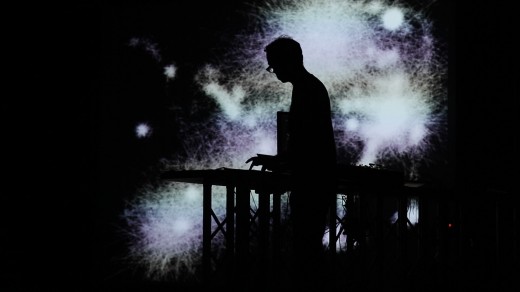The wonderful thing about music is that you can feel it, but not see it. Making that unseeable thing seeable has challenged musicians for centuries. The score is one solution – time in blocks from left to right, pitch lined up vertically – but with computers, we can do more.
Using free and open source tools, friendly to non-programmers, we’ll dream up some new ways to transform sound and musical structure. We’ll try out some simple, easily-modified examples (built with Processing and Pd), allowing non-coders to fiddle with interactive musical structures. You’ll leave with some of the tools to make your own interactive music for games, art, or just for fun. We’ll also take a quick look at some of the experiments in music and visuals over the years, from crazy architectural installations to Sesame Street.
What to bring: a computer running OS X, Windows, or Linux. Pen and paper (for some doodling).















